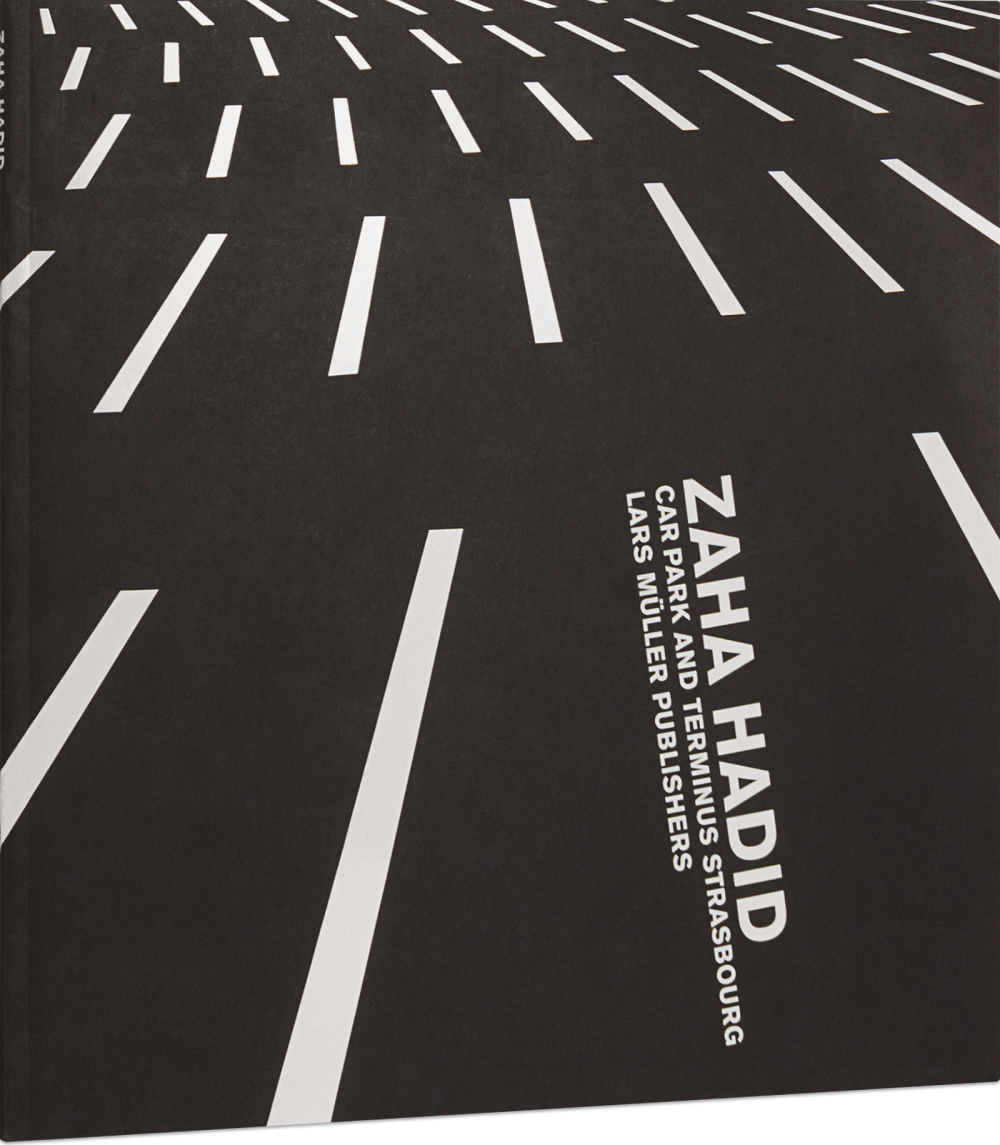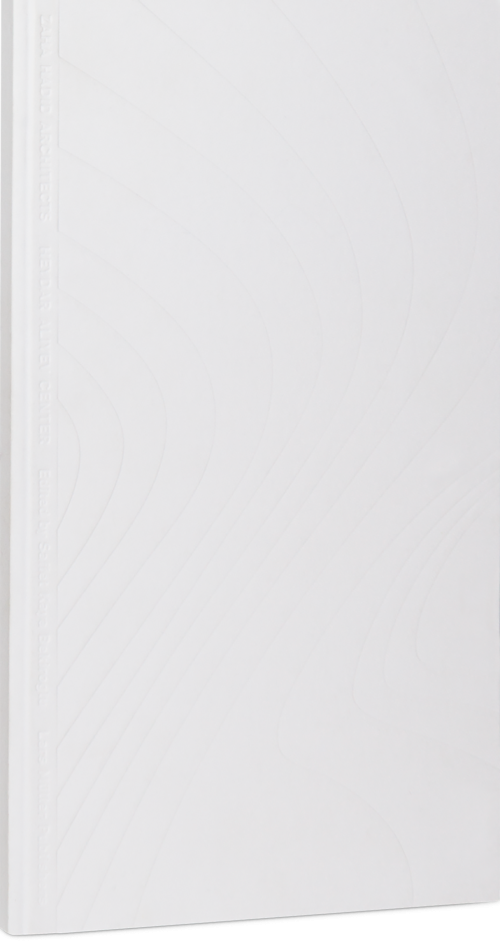
Zaha Hadid: Car Park and Terminus Strasbourg
The blurry interface of exurbia and suburbia represents strange and alien territory for architects, because the context is usually vague and the space haphazardly organized. Zaha Hadid’s work in Strasbourg capitalizes on the haphazardness of its suburban setting. To reconcile the car and the dense historic fabric of Strasbourg, the architect responded to the site with elegant but deceptive simplicity. She folded a concrete canopy up from the ground to stretch diagonally across the bus and tram lanes toward the parking lot and Strasbourg beyond, as though pulled in that direction. The parking lots demonstrate Hadid’s assumption that buses and the trams are a permanently impermanent part of the station’s overall organization and composition. Hadid treats the cars that park here almost as natural phenomena with their own diurnal rhythms. In 2003, she won the Mies van der Rohe Preis for this project.
The blurry interface of exurbia and suburbia represents strange and alien territory for architects, because the context is usually vague and the space haphazardly organized. Zaha Hadid’s work in Strasbourg capitalizes on the haphazardness of its suburban setting. To reconcile the car and the dense historic fabric of Strasbourg, the architect responded to the site with elegant but deceptive simplicity. She folded a concrete canopy up from the ground to stretch diagonally across the bus and tram lanes toward the parking lot and Strasbourg beyond, as though pulled in that direction. The parking lots demonstrate Hadid’s assumption that buses and the trams are a permanently impermanent part of the station’s overall organization and composition. Hadid treats the cars that park here almost as natural phenomena with their own diurnal rhythms. In 2003, she won the Mies van der Rohe Preis for this project.


